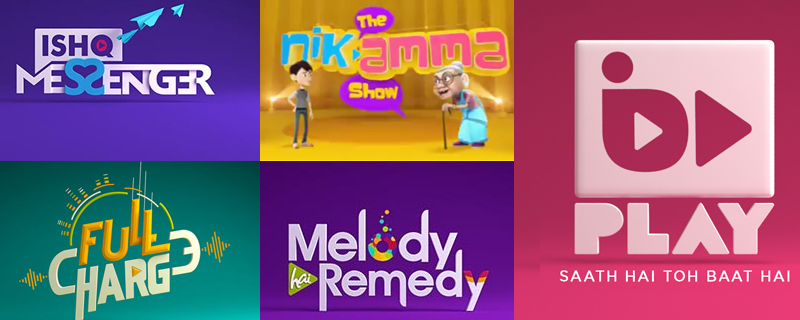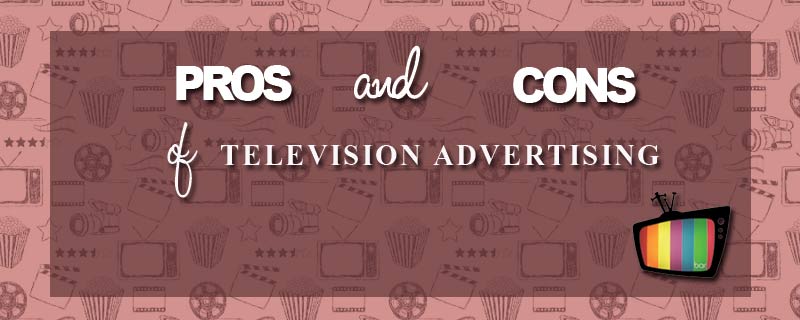Tag: Ad booking on TV
Be sure to reach Indian youths with Bindass Play Advertising
The brand Bindass has become synonymous with empowering and inspiring the youth. And, Bindass Play was launched in October 2014 to extend the ‘Bindass’...
Explore the Future of Television Advertising through releaseMyAd
On July 1st 1941, the very first television advertisement appeared. It was a ten seconds ad for Bulova watches that was aired during a...
Television Advertising-Pros and Cons
With the ingress of digital era and various forms of media outlets, one might think that advertisement through television has taken a back seat....









